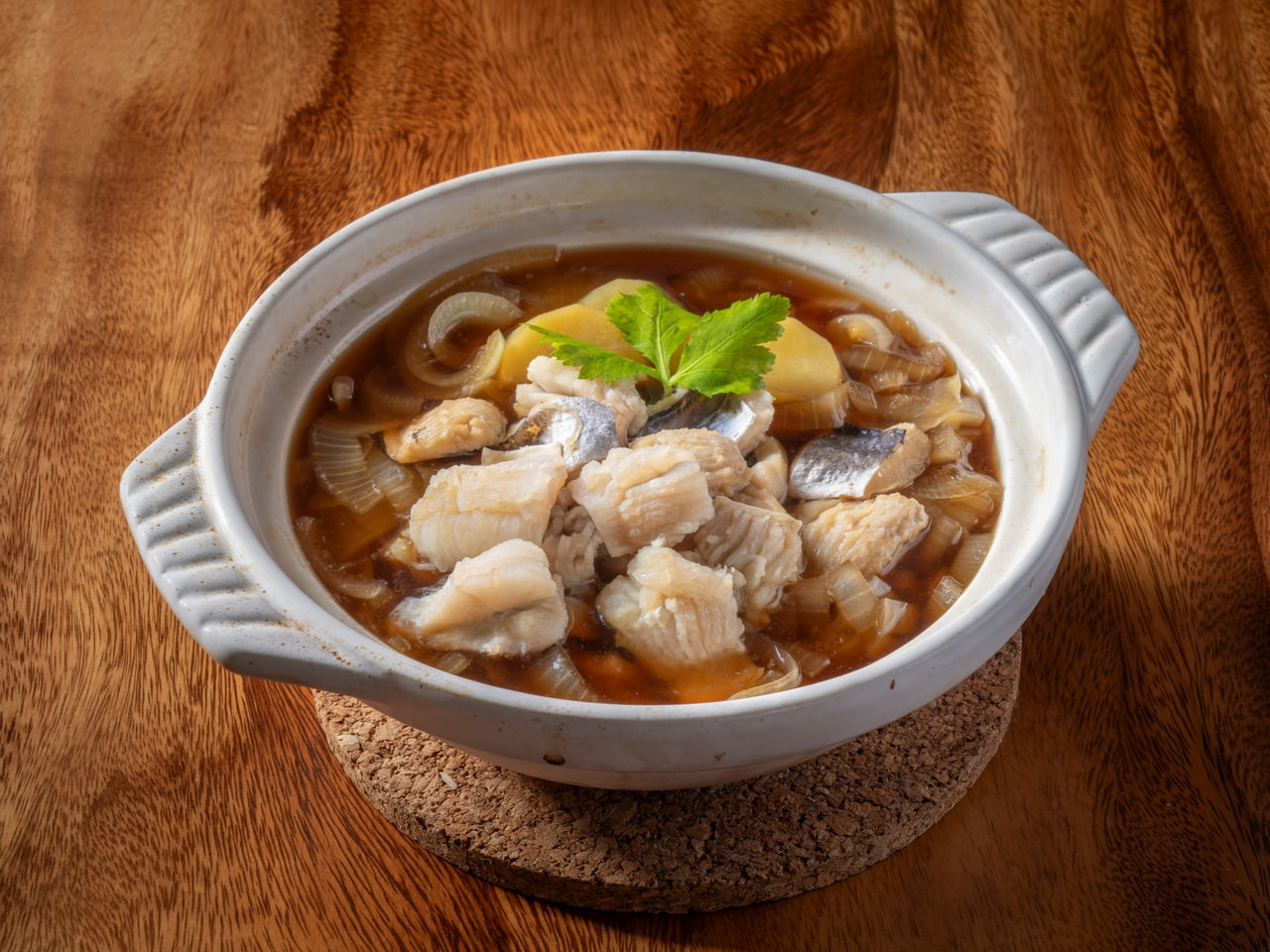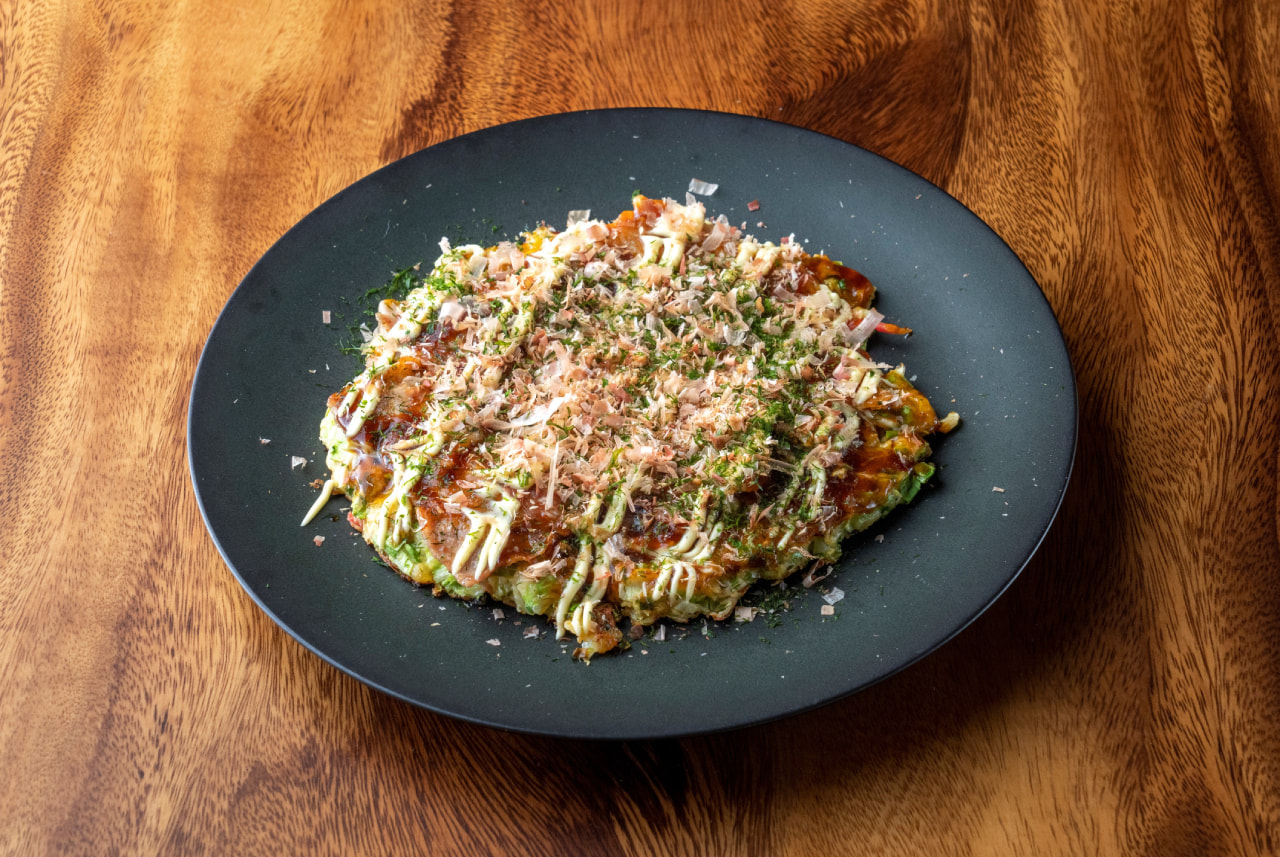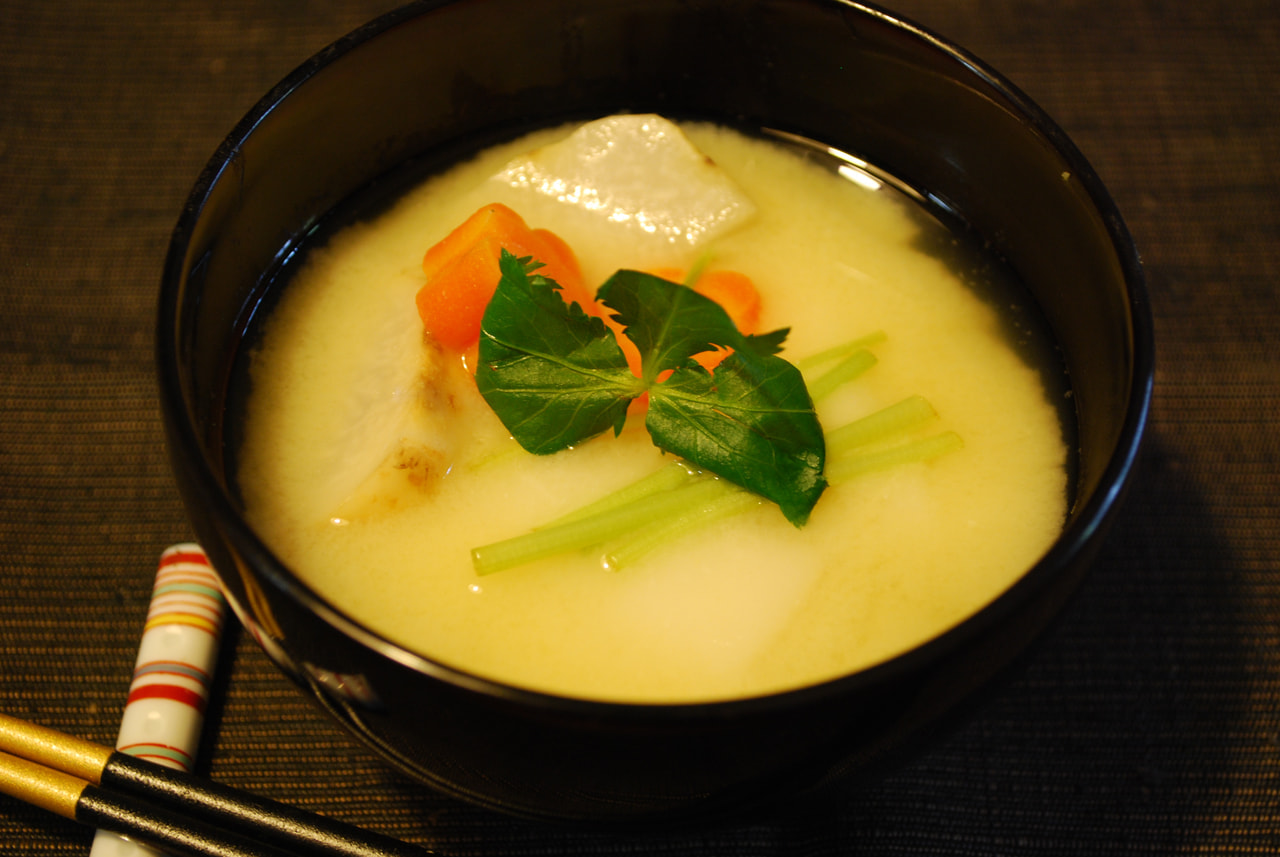Hamo nabe is a local dish from Osaka Prefecture. Hamo is a white fish similar to conger eel, found in Osaka Bay for a long time and introduced to Osaka in the mid-modern period. In the Senshu area, located across Osaka Bay, hamo is a familiar ingredient, and Hamo nabe—prepared with onions and potatoes—has become a popular dish. The sweetness and umami of Senshu onions pair well with the mild flavor of hamo.
Since finely scored hamo, which minimizes the effect of bones, is readily available in Osaka, this dish is also commonly enjoyed in home cooking.




